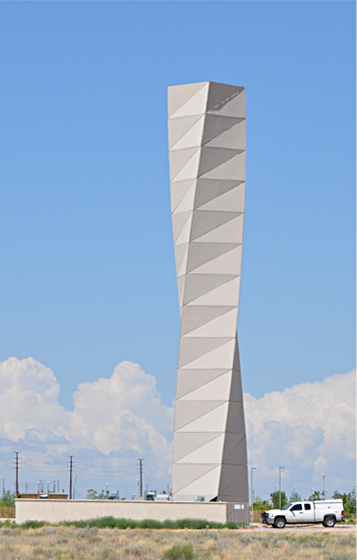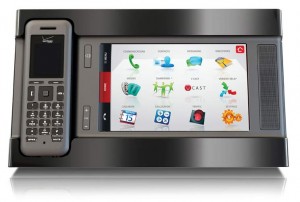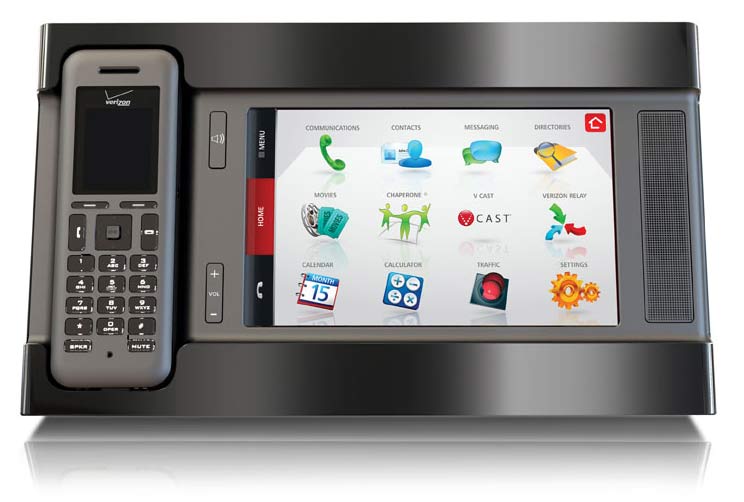I predict that AT&T’s data network will experience a noticeable increase in throughput speed throughout 2011. That’s great news for AT&T, and they can thank Verizon for helping to achieve that goal.
 Of course, while AT&T struggles to deploy its LTE network, it’s goal of speeding its network will be aided in no small part by Verizon’s expected announcement, on Tuesday 1/11/11 (perhaps at 11:11:11?) that Verizon will finally offer its subscribers an Apple iPhone.
Of course, while AT&T struggles to deploy its LTE network, it’s goal of speeding its network will be aided in no small part by Verizon’s expected announcement, on Tuesday 1/11/11 (perhaps at 11:11:11?) that Verizon will finally offer its subscribers an Apple iPhone.
Verizon’s recent announcement that it, too, now calls its data network “4G” just like T-Mobile (…who knew?) sets the stage for heightened expectations, discovery of data holes in Verizon’s network, and other fun stuff.
Years ago I switched to Verizon from AT&T because AT&T’s voice network was inferior in terms of reliability. Until a couple of years ago I wasn’t a data user, but I switched to a VZW Crackberry. Last year I dumped the Crackberry Curve for a Motorola Droid 2 (it’s a good firmware/software platform in a fat, clunky body with a battery demanding nightly recharges…look at HTC, instead of Motorola).
Yeah, when VZW does offer the iPhone, it’s virtually certain that I’ll join the million or so other users switching from AT&T and upgrading from within Verizon. Yes, I’ll be part of the problem; not part of the solution.
As a tip for you unhappy AT&T iPhone users: You can always use your existing GSM iPhone on T-Mobile’s new “4G” network. If you jailbreak your phone and go to T-Mobile, you DO NOT have to buy an expensive new iPhone like you would if you want to go to VZW’s sysetm. That’ll make all of us existing Verizon users very happy, too!
Jonathan
PS: I also predict that 2011 will see (1) huge subscriber churn and net subscriber loses for AT&T, and (2) someone in a wireless marketing department deciding that it’s time to call their network 5G! I’m waiting for 9G, myself. -jlk

 This move make sense from a bandwidth perspective since the video download will occur via the customer’s broadband connection required by the HUB, rather than across the Verizon Wireless network.
This move make sense from a bandwidth perspective since the video download will occur via the customer’s broadband connection required by the HUB, rather than across the Verizon Wireless network.
